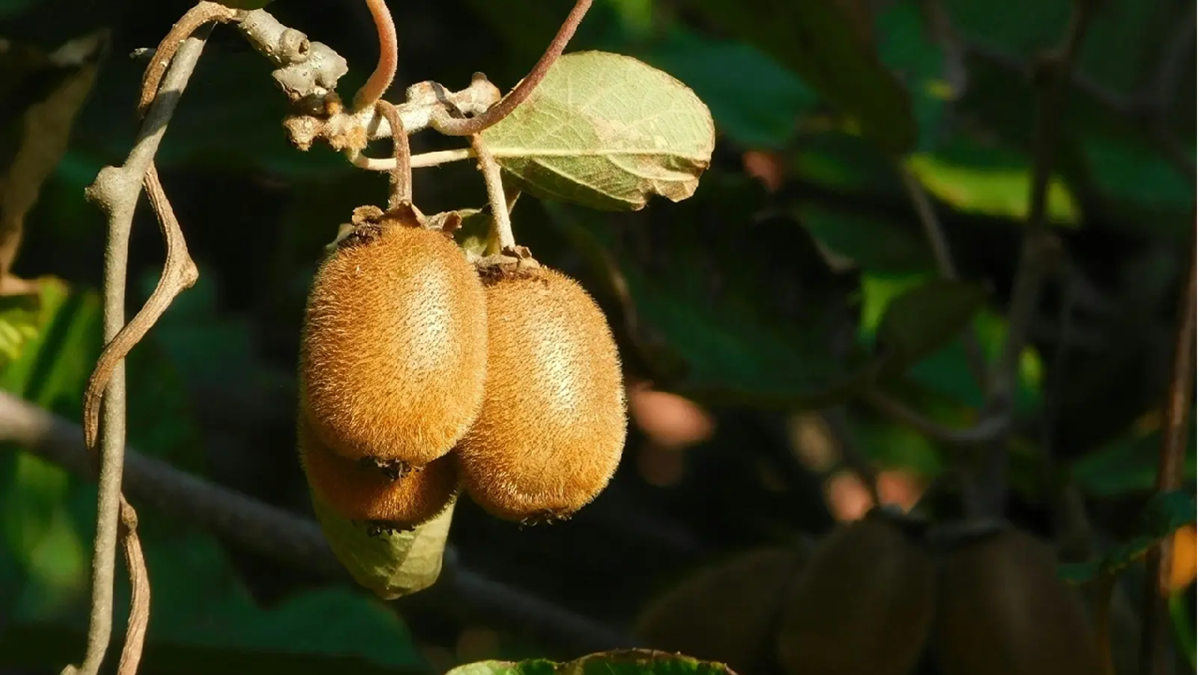Measurements
Internal color of fresh produce: importance and applications
Measuring internal color of produce can provide stakeholders with vital consumer acceptance and quality information. Internal color can attract consumers and improve the value of a product or, just as easily, have the opposite effect. Spoiled fresh produce can also be quickly identified by changes in internal color. It is easily visible to the human eye and is one of the first quality parameters that was and is still used by food producers and consumers to judge quality. These days, however, there is more to food color than meets the eye. Internal Color: First Impressions Matter Internal or pulp color is a fruit quality parameter widely used at harvest and postharvest stages in the food supply chain. Appearance is the first and most important information customers get from fresh produce. It is the most straightforward means of quality control since internal color is associated with physicochemical properties. Hence, people use color to estimate ripeness, maturity, and indicator of flavor, nutritional value, and defects.
07 December, 2021
Measuring internal color of produce can provide stakeholders with vital consumer acceptance and quality information. Internal color can attract consumers and improve the value of a product or, just as easily, have the opposite effect. Spoiled fresh produce can also be quickly identified by changes in internal color. It is easily visible to the human eye and is one of the first quality parameters that was and is still used by food producers and consumers to judge quality. These days, however, there is more to food color than meets the eye. Internal Color: First Impressions MatterInternal or pulp color is a fruit quality parameter widely used at harvest and postharvest stages in the food supply chain. Appearance is the first and most important information customers get from fresh produce. It is the most straightforward means of quality control since internal color is associated with physicochemical properties. Hence, people use color to estimate ripeness, maturity, and indicator of flavor, nutritional value, and defects. Factors affecting Internal ColorFruit and vegetables get their color from pigments, whose concentrations change as they mature and ripen. The various colors are a result of the following pigments: - Green: chlorophylls - Yellow: carotenoids or flavonoids- Orange: carotenoids- Red: carotenoids, anthocyanins, or betalains The color of fresh produce can be affected by biochemical, chemical, physical, and microbial changes during maturation, ripening, and postharvest handling. Chemical changes: Lipid oxidation can cause browning that makes fresh produce unattractive, even if the quality is not affected. Enzyme Action: Browning through oxidation can also occur due to enzyme activity, such as phenolic compounds by enzymes polyphenol oxidase causing discoloration. Peroxidase also causes enzymatic browning. Ethylene production: Ethylene, a natural phytohormone produced during ripening, also leads to tissue decay and senescence, which can spoil produce appearance and color. Temperature: Higher temperatures will reduce quality in many ways. Fresh produce stored at temperatures of even 10oC can activate enzymes that can increase the impact of bruising, which causes internal browning. High temperatures increase the likelihood of microbial infection, causing decay and rot, such as black rot, gray rot, and pink rot. While lower temperatures are ideal for storing fresh produce to preserve internal color, very low temperatures can cause chilling injury that can damage tissue, leading to microbial decay, discoloration, and decline in quality. Light: Ultraviolet and high-intensity light in storage areas can reduce browning and fall in quality by inhibiting the activity of oxidizing enzymes. For example, cabbage stored at 7oC and continuous light of 24 ?mol m?2 s?1 inhibited polyphenol oxidase activity by 26% and peroxidase activity by 16%. This resulted in a 33% recuction in browning, compared to dark storage. Light has similar benefits for highly perishable products like lettuce. Oxygen: Exposure to oxygen, especially with fresh-cut produce, will encourage microbial growth. Moreover, it will speed up chemical processes that cause browning, as in cut apples or potatoes. However, if oxygen levels become too low, it can cause anaerobic respiration that degrades tissue and appearance. Carbon dioxide: If carbon dioxide accumulates due to improper ventilation, it can also lead to anaerobic respiration. Relative humidity: Increase in relative humidity in combination with a rise in temperatures can change the color of fresh produce, such as the de-whitening of mushrooms. Storage time: There is a limit to how long climacteric fresh produce can be stored. If kept too long, the fruits can suffer negative color change, making them look unattractive. For non-climacteric fresh produce, discoloration starts in a matter of days; see Figure 1. Microbial attacks: Spoilage happens due to fungus, bacteria, and yeast. Combinations of higher temperature and relative humidity create ideal growing conditions for the microbes that cause rot which changes internal color. Ripening weakens the skin structure, allowing more infection, for example, by Penicillium, Alternaria, Botrytis, Pseudomonas, Bacillus, Clostridium, etc. Mechanical injury: Bruising can lead to discoloration, which can result from chemical and physiological changes. FreshnessFruits and vegetables that are peeled and cut are still living and respiring tissue. Fresh-cut, prepared produce is one of the fastest-growing segments of the food market due to its sheer convenience. Contrary to other processing, fresh-cut produce commodities have a reduced shelf life since peeling removes the natural protective fruit skin. Cutting and exposing the tissue leads to a loss in phytochemicals, breakdown in cells, and release in oxidizing enzymes that cause decay and browning. Peeling and cutting also expose tissue to microbes and other forms of contamination during handling. For fresh-cut vegetables and fruits, consumers use color to judge the freshness and flavor of products. The colors must be bright, and there should be no visual defects. Less intense colors indicate produce that is not ripe. The appearance of dryness or dullness in produce has a negative influence on consumer choice. Green vegetables, like spinach or broccoli become undesirable as they yellow from loss of chlorophyll over time. After peeling, oxidation through atmospheric exposure can cause browning in fresh-cut products. Marketers capitalize on vibrant internal color by using transparent packaging to attract consumers. To maintain the color and prevent browning, people will also use many physical and chemical treatments.












